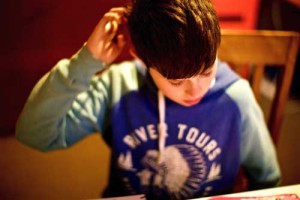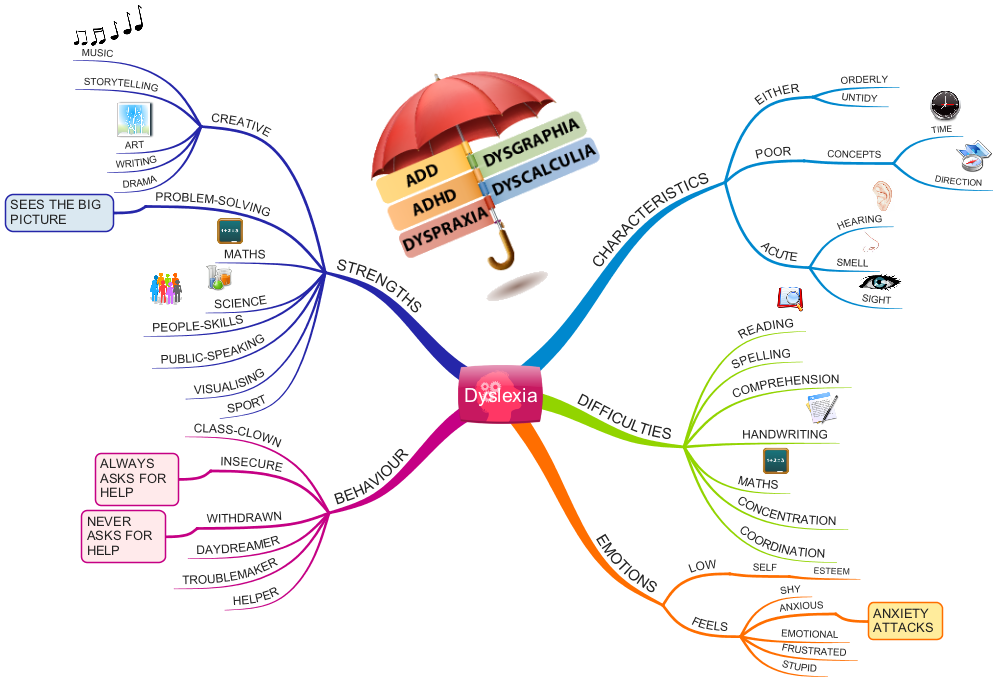“Everybody is a genius. But if you judge a fish by its ability to climb a tree, it will live its whole life believing that it is stupid.”
Albert Einstein
© Gillian Tyler and Jan Stead 2015 used with permission
Essentially, at its most basic level, the word ‘dyslexia’ simply means difficulty with words. The label was first used over a century ago in the late 1880s to describe “an inability to learn to read occurring in an otherwise bright and developmentally normal child”.
Today we know so much more. Or do we?

Given the limited recognition of dyslexia, the persistent misconceptions, misunderstandings, and often patchy or little support and lack of funding, it is quite astounding that this situation persists over 100 years later.
Since 1896, and particularly in the the last 20 – 30 years, a great deal of educational research has been undertaken. The inability to learn to read has been dissected and re-labelled many times over, to the extent that at one time some believed that dyslexia no longer existed.
The term Dyslexia now embraces a number of different labels or learning difficulties, such as:
- ADD/ADHD, (Attention deficit disorder/attention deficit hyperactivity disorder. Some dyslexics are initially identified as having ADD/HD)
- dyspraxia (difficulty with coordination and balance; some will have a ‘wandering’ or ‘lazy’ eye.),
- dysgraphia, (poor handwriting and challenges with fonts),
- dyscalculia, (difficulty doing or understanding Maths)
- poor working memory,
- non specific learning disorder,
- anxiety
- and has much in common with auditory processing disorder (APD) and many other related challenges.
The list is almost endless.

One of the common misunderstandings is that dyslexia is all about difficulty with reading, spelling, and letter and word reversals. This is far too simplistic and presumes that all dyslexics are alike. Some actually read quite well. Maybe they aren’t as severe. Often they have worked really hard or turned off their visual thinking abilities. Or it could be that their dyslexia manifests differently — possibly in mathematics.
Put simply, dyslexics are naturally talented and gifted picture thinkers.
They simply learn differently, and best, with an approach that utilises their creativity and imagination. A hands on practical method. And one that meets their needs and uses their unique abilities and way of learning.
This is where Davis methods excel.

